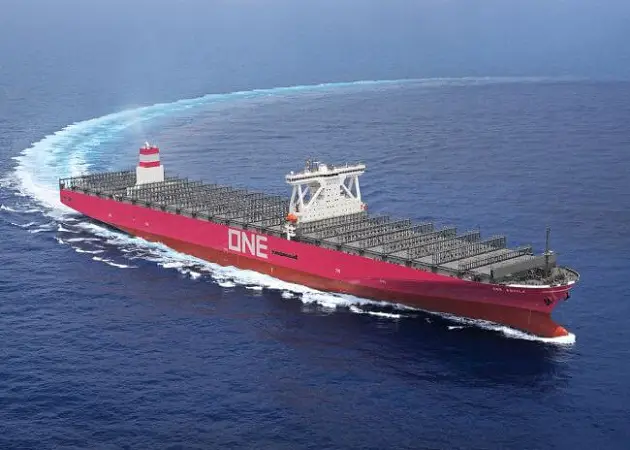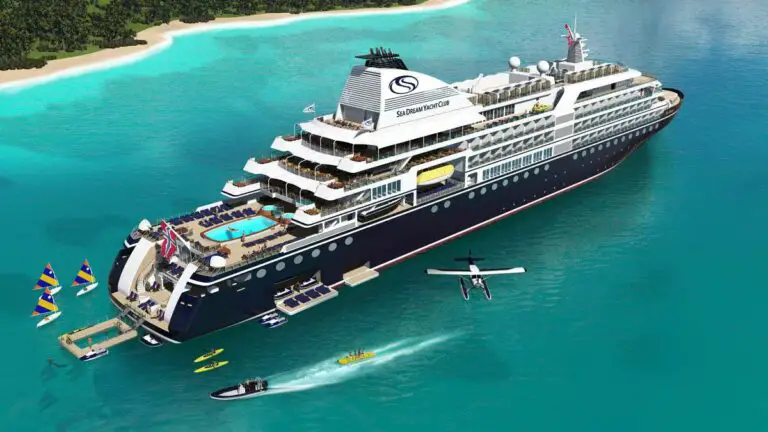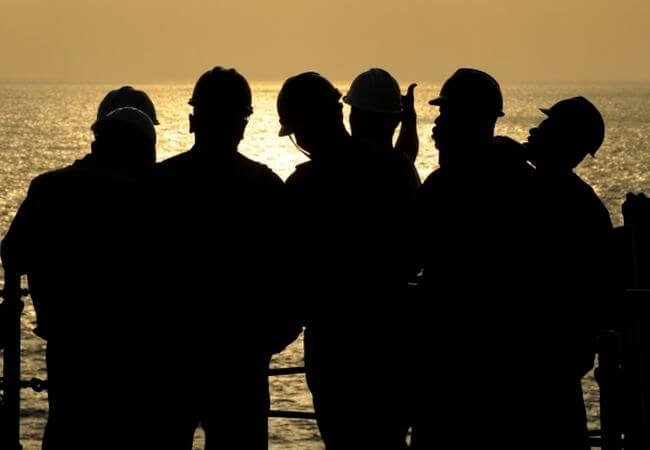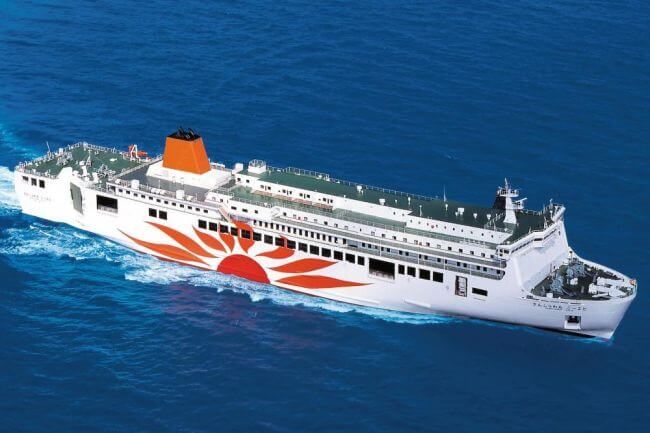MTU And Robert Allan Together To Develop First Natural Gas Fueled Shallow Draft Pushboat
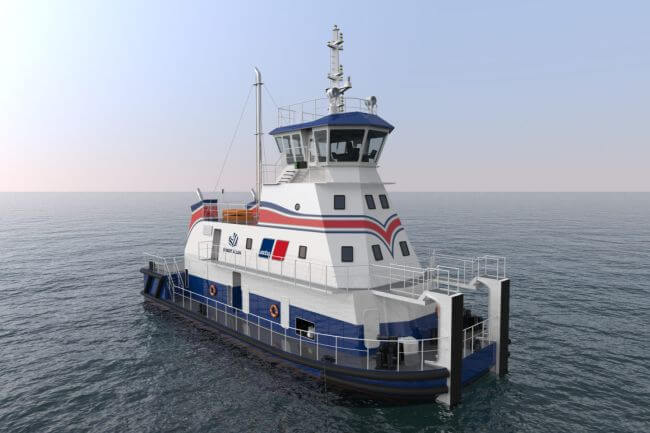
MTU And Robert Allan Together To Develop First Natural Gas Fueled Shallow Draft Pushboat
For the maritime industry, natural gas is quickly becoming the “fuel of choice”, not only because of its potential in reducing environmentally hazardous gas emissions but also for its reduced cost when compared to other fossil fuel-based alternatives. For natural gas to become a preferred marine fuel, there is a need to improve its availability, and this fact is the main reason in hindering its growth in some parts of the world. Some of Robert Allan Ltd.’s clients are actively engaged in developing the required infrastructure to make natural gas more readily available.
Robert Allan Ltd. and MTU Friedrichshafen GmbH recognized these new market opportunities, took action, and developed the first natural gas fuelled shallow draft pushboat design – the RApide 2800-G push boat.
Related Article: Different Types of Boats
This is a challenging project which is a preliminary design which utilized the proven shallow draft RApide 2800-Z2 pushboat that currently operates on the Amazon River system. The design of the vessel was modified to suit a complete LNG (liquified natural gas) propulsion system with two 746 kW MTU 8V4000M55R-N Tier III gas safe main engines. MTU also acts as the system integrator along with the engines, which means that MTU will also provide the complete LNG package, LNG tank system and an integrated ship monitoring, LNG control and safety systems.
The design was reconfigured to allow the installation of the LNG tank, keeping the existing hull shape while still providing adequate space for other machinery and a comfortable work environment for the crew. The lower crew cabins, mess, and galley moved up a deck and the deckhouse was enlarged. The rules for the gas system hazardous zones of a compact 28 meter tug is challenging the project. There are two independent tank connection spaces attached to the LNG tank, one for each engine to ensure redundancy.
The design accommodates a crew of 14, with master and chief engineer having single cabins and double cabins for the balance of the crew for continuous operation on a river system.
The vessel is designed to comply with DNV-GL rules with the following notations:
INLAND NAVIGATION VESSELS (RU-INV) ✠ 1A Z PUSHER, GAS FUELLED and is currently undergoing an “approval in principle” review.
Particulars are as follows:
- Length overall: 28.0 m
- Beam, moulded: 10.5 m
- Depth, moulded: 3.2 m
- Draft, maximum: 2.5 m
Approximate tank capacities:
- LNG (gross): 70.0 m3
- Fuel oil: 19.2 m3
- Potable water: 26.6 m3
- Water ballast: 47.9 m3
- Sewage: 5.6 m3
Reference: ral.ca

